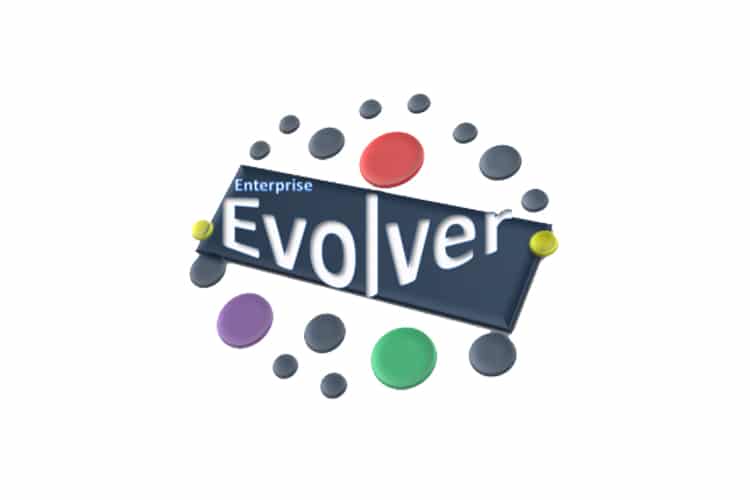Innovative Enterprise Architecture in Practice
Enterprise Architecture has long been recognised for enabling business transformation. In the designated role of the agent of change, the Enterprise Architect (EA) often bears the brunt of reactions to the ensuing ‘chaos’ generated by the process of change and peoples resistance to this.
The definition of transformation is that it’s a change, alteration, modification or reshaping of an entity that sees it progress to a different state (in EA and business terms the desired state). The Enterprise Architect is responsible for the roadmap and plotting out the journey of how the business will progress to this new state. To minimize disruption and to maximize efficiency and ROI for existing solutions the EA would often build on systems and processes already in the business.
Given the rate of change in the business environment, transformation of the current operations and systems may not be enough. An example from the world of retail is that Tesco’s declining sales are attributed in part to the fact that they have lost their innovative edge. The innovation being referred to in this example is best defined by the business dictionary as the process of translating an idea or invention into a good or service that creates value or for which customers will pay*.
While not all innovation is focused on the price tag, there is a common thread that implies innovation to be something new that will promote the business. Dictionaries express innovation using terms like evolution, revolution and even upheaval. At this point Enterprise Architects are thinking ‘great I have been promoted from Captain Chaos to ‘the Anarchist’’. Given this concern it’s important to stipulate that to be effective, innovation must have the business benefit as its core driver, where this is not the case, it should not be considered. Here, business goals are defined by strategy and aims to ensure that the business achieves or maintains its competitive advantage in a rapidly changing environment. The EA’s mandate is to ensure that the business is equipped to deliver against this strategy.
The good news is that transformation through innovation is not a new concept. Enterprise Architecture is already helping companies to implement their SOA, mobile and digital strategies. Similarly they are engaging with the ‘Internet of Things’ and what this means for the business. With an accelerated rate of change and new innovations coming into effect EA’s need to adopt an agile approach to facilitate continuous change and the implementation of new innovations. Likewise EA frameworks like TOGAF® are evolving to meet these changing demands.
But tools and frameworks available are only effective when in the hands of practitioners who know how to use them. It’s often the case that the Enterprise Architect will mash up components from several frameworks in order to meet the business needs. To do this effectively a working knowledge of frameworks is required. Acquiring this specialist knowledge would take many years and given the challenge of time constraints, drawing on specialist knowledge of these frameworks is imperative.
It’s in this regard that ATE Enterprises, a specialist EA training providers’ expert knowledge of TOGAF and ArchiMate comes into full effect. Our instructors have been involved with the development of the TOGAF, ArchiMate and other standards for decades. Their insight as practitioners and contributors to these standards ensures they are well placed to provide the necessary advice, instruction and mentoring to accelerate the understanding of the concepts within these frameworks and methodologies and how to best implement them. We provide training in these standards globally and are committed to understanding a company’s challenges and the requirements needed to address these.
To find out more about how we can help you, please visit our website at www.ate.enterprises or contact us on sales@ate.enterprises . Should you wish to speak to one of our consultants, please call on the regional numbers that you can find on the website contact page.
We look forward to being part of your journey.
Read Judith Jones’s Biography Here

